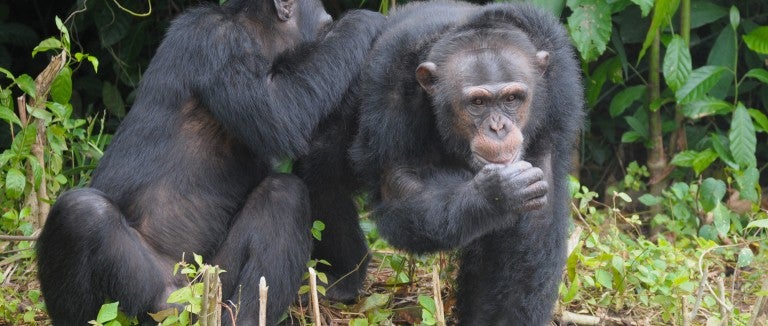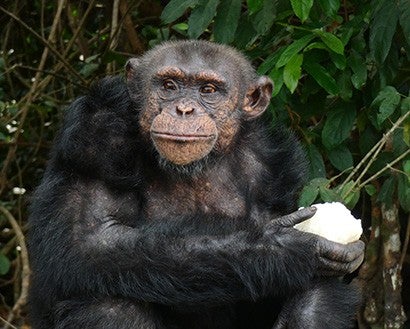When a snake bit Lolo, one of 62 chimpanzees Humane Society International cares for in Liberia, sanctuary director and veterinarian Richard Ssuna gave him antibiotics and pain medicine hidden in rice balls. Lolo lives on one of six mangrove islands where animals were retired from research starting in the early 2000s. When caregivers bring food by boat, they disembark and wade closer to shore. To protect both the animals’ and humans’ well-being, they don’t come into direct contact with the chimps.
[Chimps]are extremely strong, and they’re intelligent and curious. The architecture has to be really robust.
Architect Lea Anne Leatherwood
All the structures have been specially designed for chimps through a collaboration between the U.S. architecture firm Perkins & Will, which has experience at other chimp sanctuaries, and the Liberian architect Joel Harijgens. To safely hold the chimps, the buildings will have multiple layers of containment and smooth walls that don’t give the animals anything to grip and climb.
Without the antibiotics from HSI/Liberia, Lolo might have died. With the new buildings, caregivers can expand how they treat all the chimps when medical issues arise. With 50-year average lifespans, they have decades of life ahead of them.
Want more content like this?
This was written and produced by the team behind All Animals, our award-winning magazine. Each issue is packed with inspiring stories about how we are changing the world for animals together.
Learn MoreSubscribe

